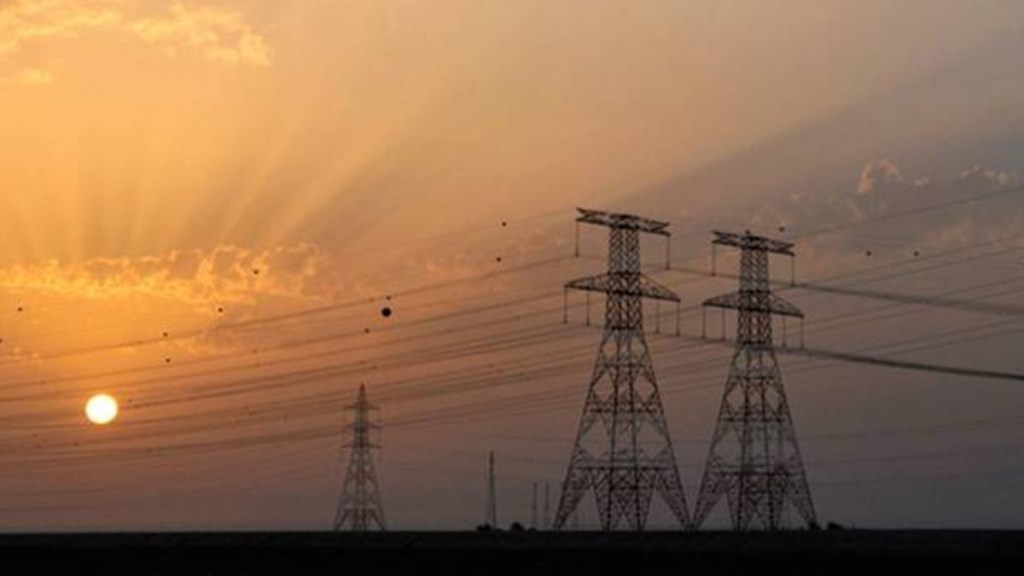The government has recently revised the Indian Electricity Rules 2005 (Rules). One of the subjects dealt therein relates to group captive power plants. While one has generally heard of captive power plants, group captive power plants is a relatively unknown term. To put it simply, a group captive power plant is one where an association of persons collectively own at least 26% of the shares and consume at least 51% of the electricity generated.
One is well aware that captive power plants were set up in the past by consumers who were energy-intensive and required uninterrupted supply, examples being iron and steel, cement, mineral oil and petroleum, aluminium manufacturers, and many more. The captive plants were set up by these industries since the erstwhile state electricity boards could not supply uninterrupted supply, leading to losses incurred. By drawing power from a captive power plant, a consumer does not pay open-access surcharge to the incumbent distribution company (discom).
According to the Electricity Act 2003, any consumer who seeks power supply from some source other than its discom is free to do so, provided she pays the open access surcharge as decided by the electricity regulatory commission of that state. The same benefit of avoiding open access surcharge is also extended to consumers drawing power from group captive power plants. Avoidance of open access surcharge enables the consumers to incur a tariff which is much less than the retail tariff of an industrial consumer of a discom. However, this leads to a loss of revenue for the discoms.
The operation of group captive plants has seen a lot of litigation, primarily because the Rules are silent on some key issues. Consequently, there have been attempts by consumers to take advantage of the ambiguity which exists in the Rules.
For example, should the 26% share be in the form of equity shares with voting rights or can it be preferential shares? Incidentally, how much electricity an individual within a group can draw has to be in proportion to the consumer’s share in equity, plus/minus a limited range (10%). The logic is that no consumer should draw a disproportionate share of power vis-à-vis her equity contribution. What happens if the consumer goes beyond the range, or consumes more than the proportionate equity contribution? Will it lead to only the defaulting consumer losing her status as a captive consumer or is it that the entire group loses this privileged status?
Further, how many times in a year can the shareholding pattern be changed without affecting the status of a captive consumer? Also, in case the generator and consumers are situated in different states, which regulatory commission will administer the process? This list is not exhaustive and there are several other such ambiguities, which has resulted in different discoms applying their own interpretation to the Rules, leading to inconsistencies across the board.
There have been some attempts in the past to rationalise the Rules but these could not go through because of pressure tactics applied by the generator and/or the captive consumers, who stand to gain by the system as they don’t pay open access surcharge. The net result is that the ambiguities remain.
This author is of the view that it is now time to take a fresh look as to whether we really need group captive plants at all. After all, it is the discoms who suffer a revenue loss by not being allowed to levy open access surcharge. We need to strengthen our discoms financially, especially now, if we want energy transition towards renewable generation to become a reality.
Renewable generation is mainly a private initiative and no investor is going to come forward if the financial health of discoms remain weak. If we want to have a non-fossil generating capacity of 500 GW by 2030, we need to add about 30-40 GW every year from now to 2030. Presently, we add only about 6-8 GW annually. It would be a good idea if the government were to announce a date beyond which the concept of group captive power plants will cease to exist.
Any consumer (who is otherwise entitled to open access) can draw electricity from any source other than the incumbent discom, but only after paying the open-access surcharge. All the existing group captive power plants supplying to their consumers will be free to sell their power through open access or in the electricity exchange.
The suggestion being made is only in respect of group captive power plants and not captive plants. Captive power plants can continue to supply power to energy-intensive industries. Captive generators are a sizeable lot today and according to the latest General Review of the Central Electricity Authority, in 2020-21, the capacity of captive generators was about 78 GW with a generation of about 225 billion units.
This was about 15% of the total generation during the year. The biggest three consumers of captive power are iron and steel (22%), aluminium (21.5%), and mineral, oil, and petroleum (10%). Official statistics for group captive consumers are not available, though they will only be a mere fraction of captive generators. Doing away with group captive plants will provide some much-needed succour to the discoms and will also ensure that there is no further build-up of litigation.
The writer is senior visiting felllow, ICRIER
Views are personal

